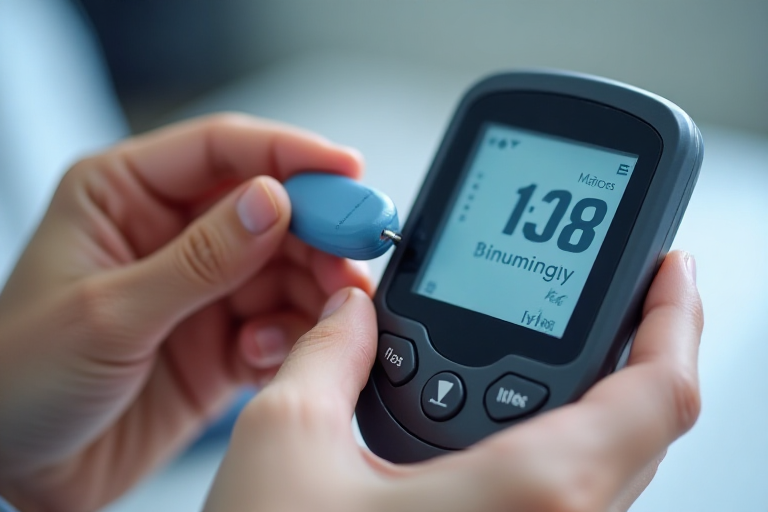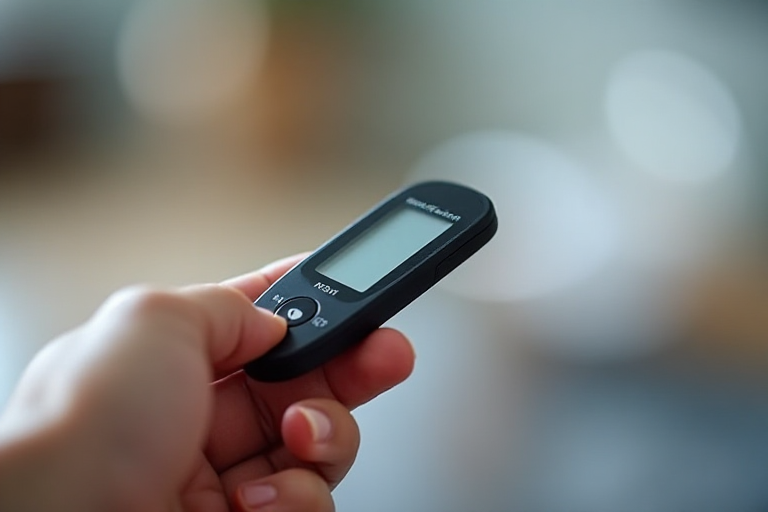
Maintaining optimal health and fitness is a multifaceted endeavor that involves a balanced diet, regular exercise, and consistent monitoring of vital health metrics. Among these, blood sugar levels play a crucial role, especially for individuals managing diabetes or those at risk of developing it. This article delves into the importance of blood sugar monitoring, the technology behind blood glucose meters, and how integrating this practice into your daily routine can enhance your overall health and athletic performance.
Blood sugar, or glucose, is the primary source of energy for your body’s cells. The level of glucose in your blood is regulated by insulin, a hormone produced by the pancreas. For individuals with diabetes, this regulation is impaired, leading to either high blood sugar (hyperglycemia) or low blood sugar (hypoglycemia). Both conditions can have serious health implications if not managed properly.
Regular monitoring of blood sugar levels is essential for managing diabetes effectively. It helps in making informed decisions about diet, exercise, and medication. For athletes and fitness enthusiasts, understanding blood sugar levels can also optimize performance and recovery. For instance, knowing when your blood sugar is low can prevent energy crashes during workouts, while monitoring post-exercise levels can help in planning the right recovery meals.
Modern blood glucose meters are compact, user-friendly, and provide quick results. These devices work by analyzing a small drop of blood, usually obtained from a fingertip. The blood is placed on a test strip, which is then inserted into the meter. Within seconds, the meter displays the blood glucose level. Some advanced models can store data, track trends over time, and even sync with smartphones for comprehensive health tracking.
When choosing a blood glucose meter, consider factors such as accuracy, ease of use, cost of test strips, and additional features like data storage and connectivity. It’s also important to follow the manufacturer’s instructions for use and maintenance to ensure accurate readings.
Incorporating blood sugar monitoring into your daily routine can seem daunting at first, but with the right tools and knowledge, it becomes a seamless part of managing your health. Start by consulting with a healthcare professional to determine your target blood sugar levels and how often you should test. Keep a log of your readings to identify patterns and make necessary adjustments to your lifestyle.
For those without diabetes, understanding blood sugar levels can still be beneficial. It can provide insights into how different foods and activities affect your energy levels and overall well-being. This knowledge can empower you to make healthier choices and maintain a balanced lifestyle.
In conclusion, blood sugar monitoring is a vital practice for managing diabetes and optimizing health and fitness. With advancements in technology, it has become more accessible and convenient than ever. By integrating this practice into your routine, you can take proactive steps towards better health and enhanced athletic performance.
